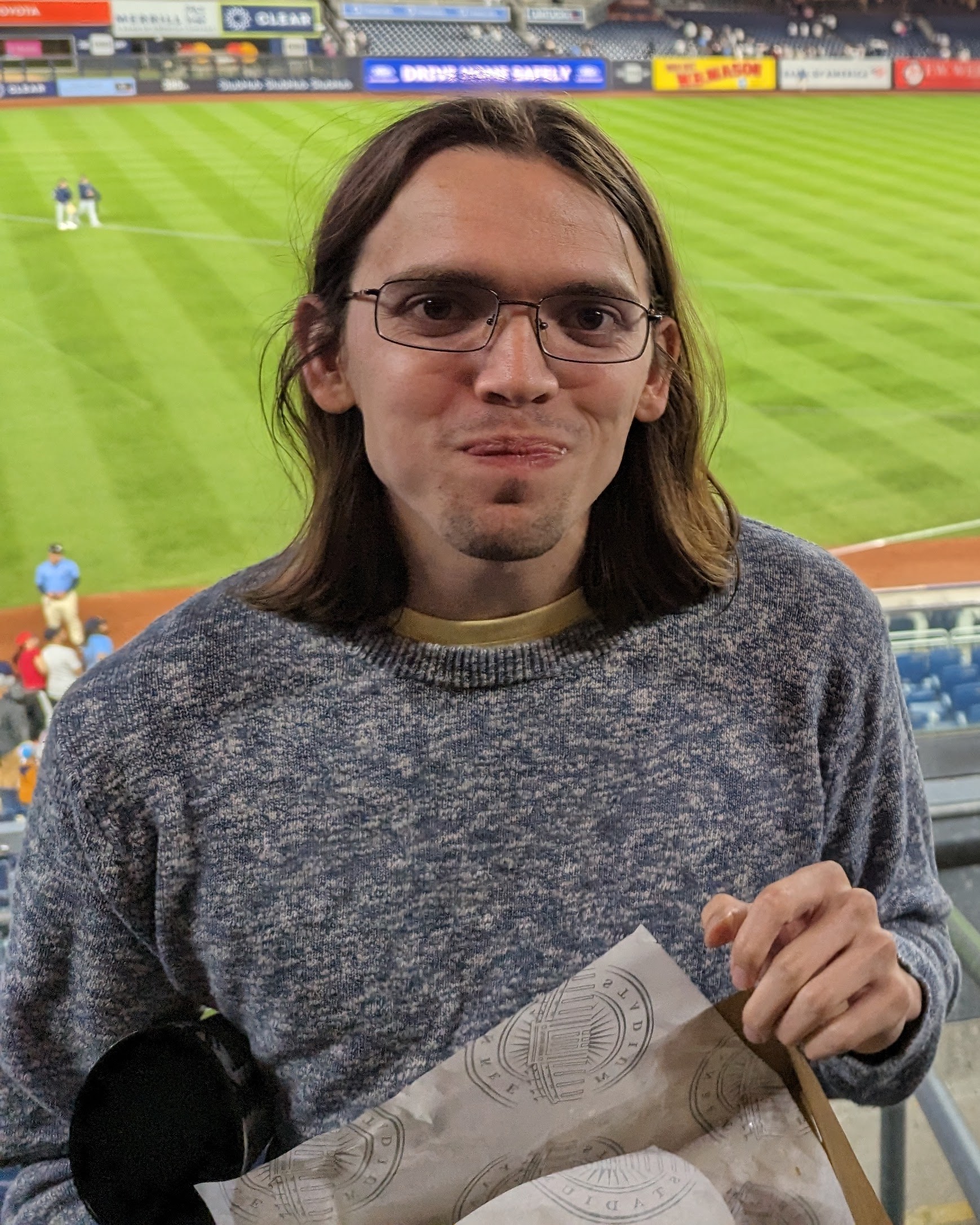Welcome!
I am an instructor of applied and computational mathematics at Dartmouth College. My research focuses on applying symbolic and numeric computation to problems in combinatorics or number theory. I’m always interested in finding new mathematical applications of computers.
My expository work has appeared in the American Mathematical Monthly (here and here), an article of mine on primality testing was written about in Pour la Science, and two of my articles were cited in Nature and the Proceedings of the National Academy of Sciences.
The rest of this site contains some information about me, my work, and a blog where I post ideas. Some of the ideas are even good!
My CV is here.
I was born in the year $\lfloor \pi^6 / \log \varphi \rfloor$, which makes me perfectly 1 + 2 + 4 + 7 + 14 years old.
Upcoming events
I’m co-organizing two sessions at the MAA’s 2026 MathFest: Computers and Combinatorics and Combinatorics and Probability. More info soon!
Recent / current projects
Speeding up CRT
You can break up big integer computations with the Chinese Remainder Theorem. In some problems, the reduction / reconstruction steps of CRT make up a significant part of the computational cost, and you can reduce this cost by choosing “custom” moduli. I recently studied moduli of the form $2^n - 2^k + 1$, which leads to thinking about resultants of the trinomials $x^n - x^k + 1$ and when they are divisible by different primes. There is still a lot to learn about these trinomials and similar families. (paper)
In some ways, the paper is really about graphs that look like this:
Balanced Matrices
How many 0-1 matrices are there of size $2n \times 2k$ with as many 0’s as 1’s in each row and column? This turns out to be hard to answer for anything other than $k = 1$, but for fixed $k$ the number always satisfies a “nice” recurrence. I showed that $a(n) = B(n, 3)$, the number of $2n \times 6$ such matrices, satisfies this recurrence:

It seems very difficult to compute the recurrence for $B(n, 4)$ and higher. (paper)
Comma sequences
The comma sequence is a funny integer sequence where the difference of consecutive terms equals the concatenation of the digits on either side of the comma separating them. This sequence has 2,137,453 terms, then terminates at 99999946. I proved that all comma sequences (with any initial conditions) terminate in bases 3 through 633. The big conjecture is that all comma sequences terminate. (paper)


